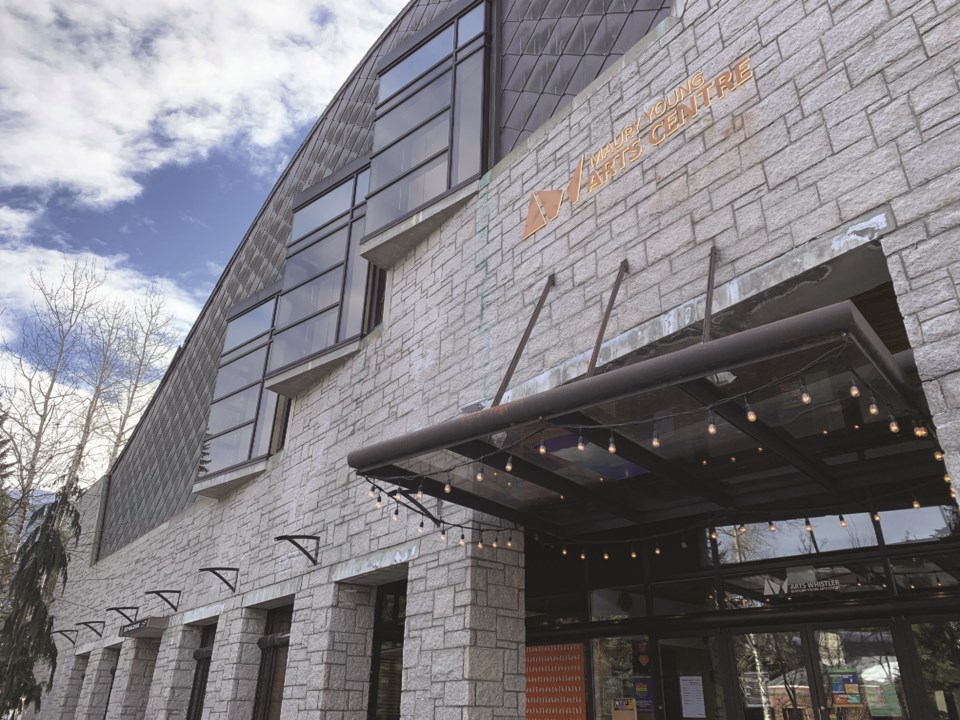Whistler’s latest climate action update is a mixed bag of wins and “we-still-have-work-to-do” moments. The update, presented to council March 11, offered a comprehensive overview of progress and pending challenges in the third and fourth quarter of 2024 for reaching the community’s 2030 goal of reducing greenhouse gas emissions by 50 per cent below 2007 levels. The update outlined efforts in both mitigation and adaptation.
Climate action coordinator Maria Thorlakson began with a nod to the uncertainty of our time while urging against responding reactively.
“It's justified to be thinking about how we spend our time, our money and our efforts. In light of this, I want to remind all of us that climate action requires us to think about long-term. We know that action today is necessary, and we know that money spent today will have benefits for Whistler down the road,” she said.
“Our longstanding position as a climate leader is something I think everyone in this room values and wants to maintain. Our current greenhouse gas emissions trajectory puts this status in jeopardy.”
Mitigation progress mixed
The report outlines six “Big Moves” targeting improvements in transportation, building efficiency, and energy use. Notable progress has been made on Big Moves 2 and 4, which focus on decarbonizing transportation and building new zero-emission buildings. New electric vehicle (EV) charging stations and internal training for the BC Energy Step Code are among the accomplishments.
“Big Moves 2 and 4 continue to be areas where we have completed the most actions and are on track to achieving their respective goals," Thorlakson said. "Big Move 6 also has a significant number of actions underway, with some important work planned for 2025. Big Moves 1, 3 and 5 continue to be areas where we need more action."
Big Move 1, aimed at increasing active transportation and transit use, shows progress with recent transit expansion and an expanded e-bike share program, though challenges remain in closing gaps in the Valley Trail network. Big Move 3, addressing visitor travel emissions, and Big Move 5, focused on retrofitting existing buildings through programs such as Retrofit Assist, require further efforts to meet their targets.
Adaptation measures
On the adaptation front, the report emphasized actions taken to reduce wildfire risks and improve infrastructure resilience. Whistler's Community Wildfire Resiliency Plan is in active implementation, with 68 critical municipal sites assessed and fuel-thinning work completed at areas such as Emerald West.
Other adaptation measures include completed culvert inventories, flood risk assessments for key creeks, and improvements in emergency response capacity. Efforts to protect local ecosystems are supported by updated habitat mapping and an ongoing Ecosystems and Species Monitoring Program, which has documented new findings, including the presence of tail frogs and additional breeding areas for Western toads.
Future priorities
The report also sets out priority actions for 2025, including further transit service expansions, completing EV charger installations, advancing wildfire mitigation through additional fuel-thinning treatments, and continuing efforts to protect and restore local ecosystems.
Council’s recommendation to accept the report indicates that while significant progress has been documented, achieving the 2030 targets will require sustained effort and continued collaboration among municipal staff, provincial partners, and the community.




